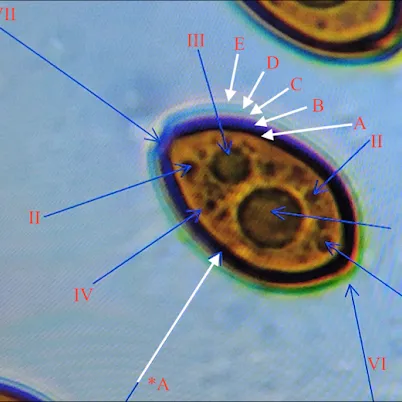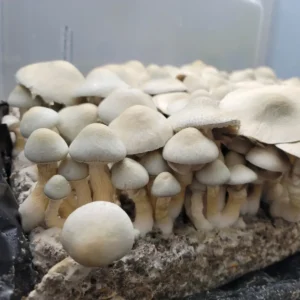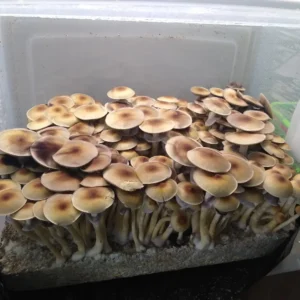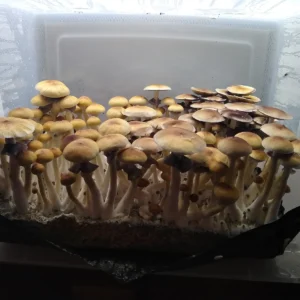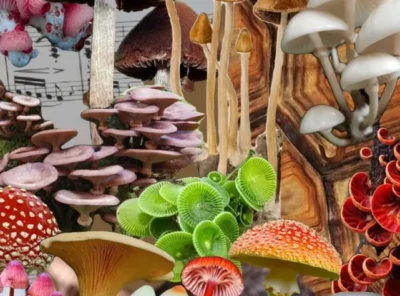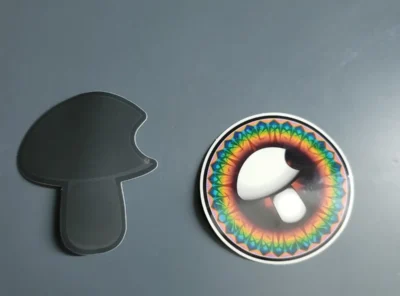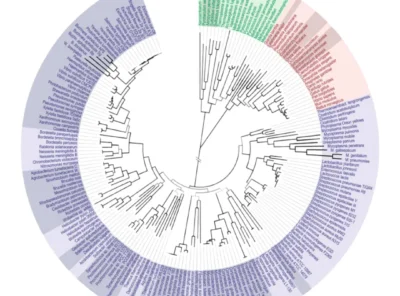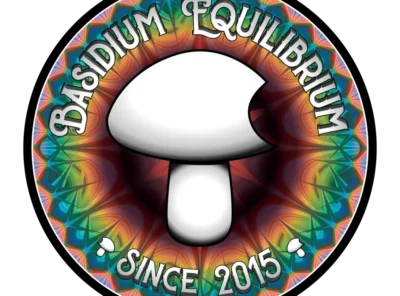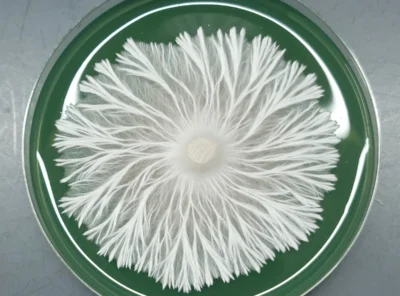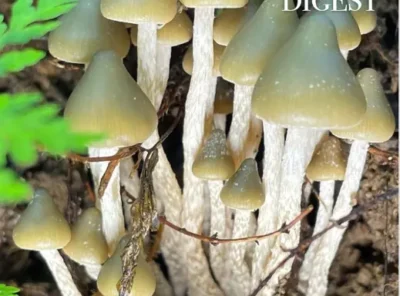Mushroom Spores
Every journey has a beginning
What Are Mushroom Spores?
Spores are microscopic reproductive units produced by fungi. Much like seeds in plants, spores allow mushrooms to propagate and spread in the wild. However, unlike seeds, spores contain only half the genetic material needed to form a new organism, they require the right conditions and a compatible partner to develop into mushroom mycelium.
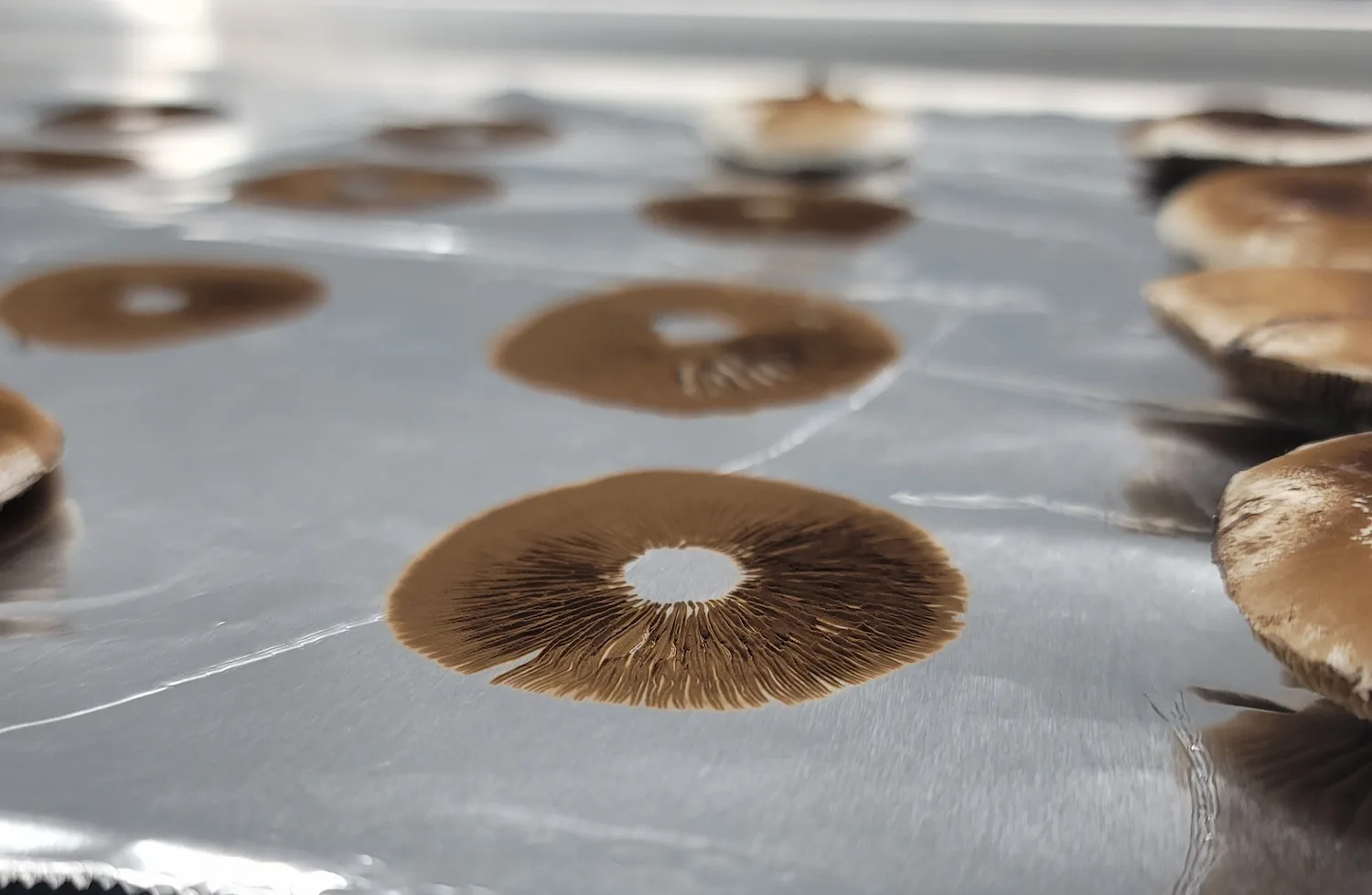
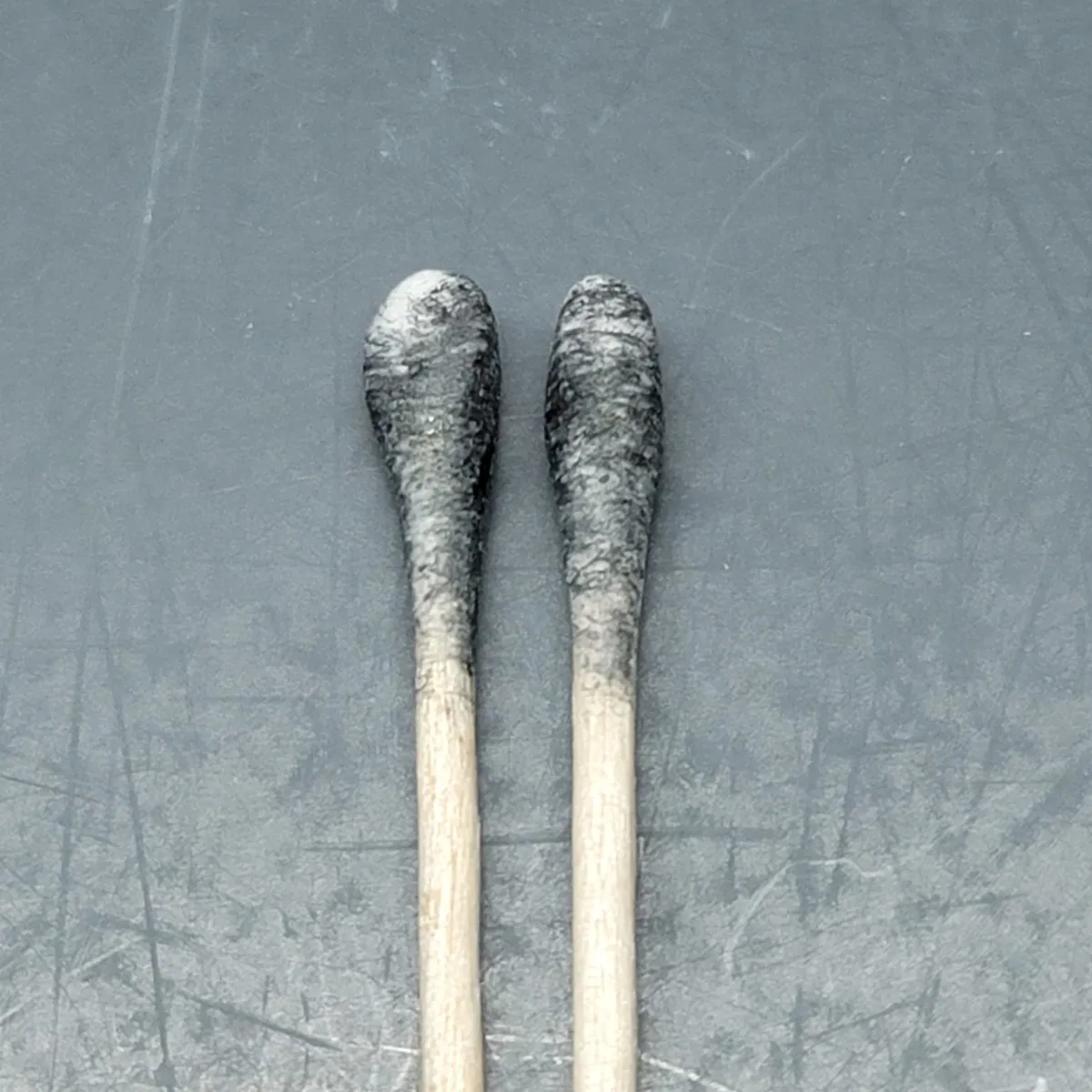
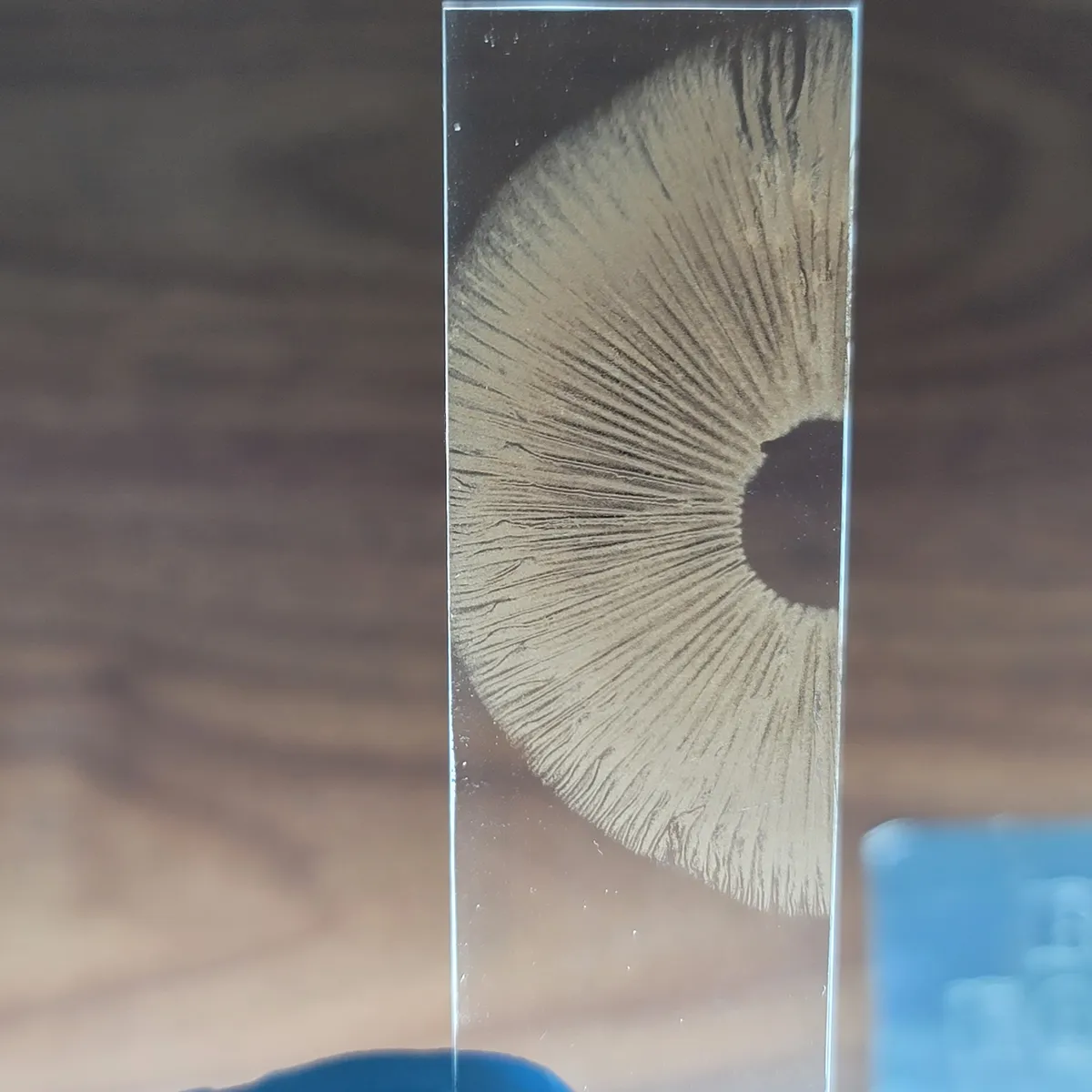
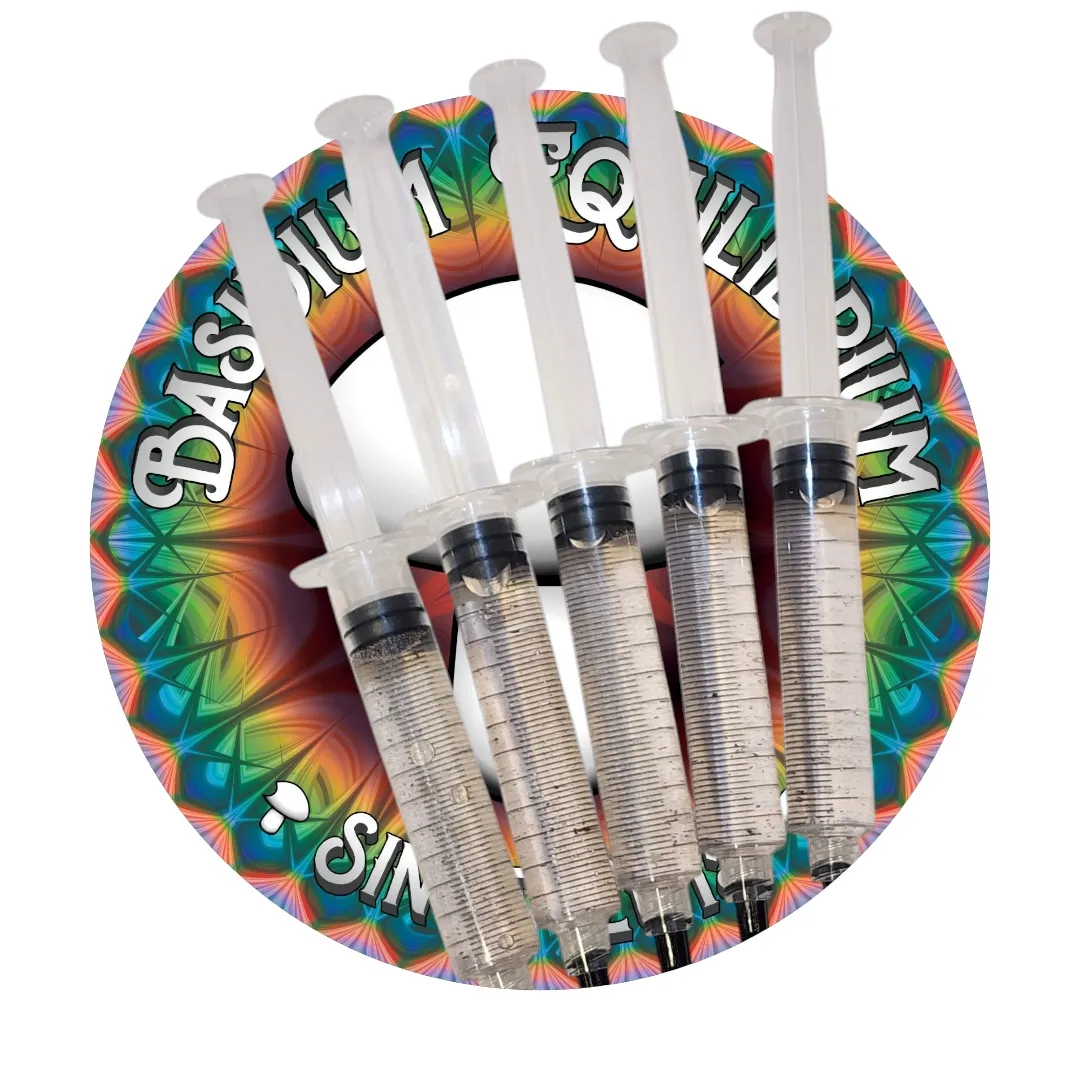
Spores Are Life
Spores are incredibly resilient, capable of surviving harsh environments for extended periods. They come in various shapes, sizes, and colors, and their characteristics help researchers classify and study different mushroom species.
Spores are released from the gills, pores, or surface of a mature mushroom, often spreading through wind, water, or animal interaction.
For microscopy enthusiasts, spores offer a fascinating glimpse into the unique structures of different fungi. Examining spores under a microscope allows species identification, genetic research, and deeper insight into the complexity of the fungal kingdom.
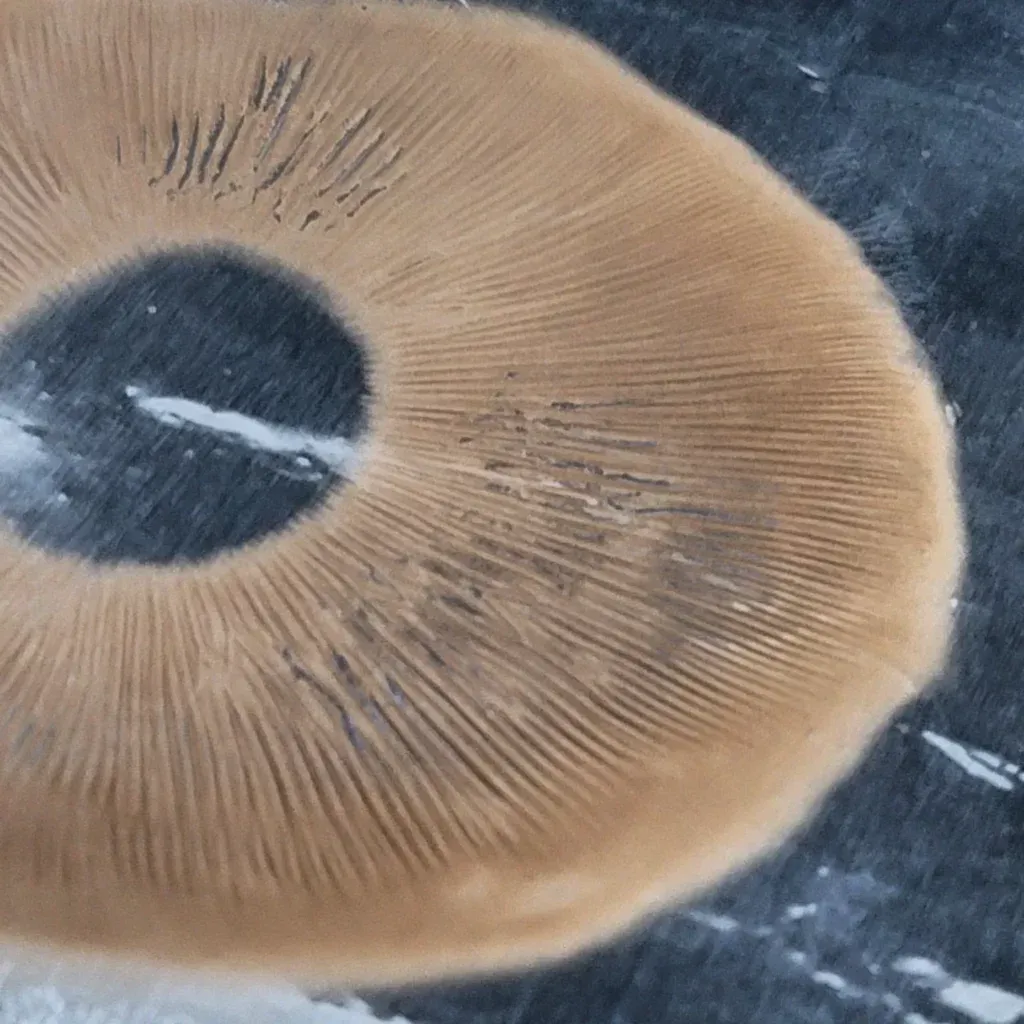
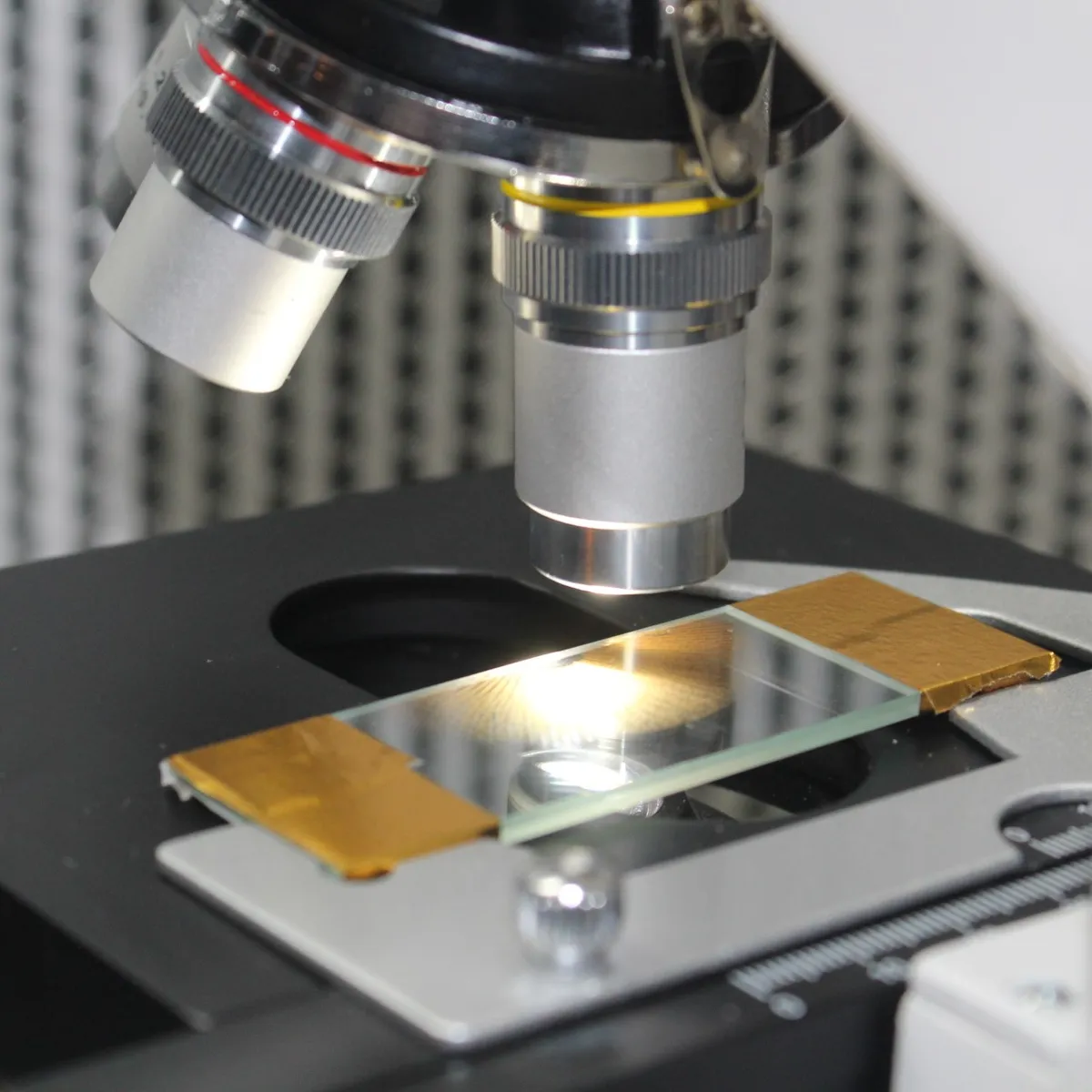
Compelling Microscopy
Microscopy (mai·kraas-kuh·pee) is the study of microscopic features of living organisms and their feature that exist beyond our own natural field of view. With magnification aids like a compound microscopes, different features of anatomy can be viewed. This is essential when in the world of mycology, as many types of fungi will have microscopic features we’d like to observe and learn about.
General microscopy is when light is transmitted through an objective lens to allow light to pass through small organic materials making them observable.
Foil Spore Prints: Preserving Mushroom Genetics for the Future
Foil Spore Prints: Preserve Mushroom Genetics with Confidence
Foil spore prints remain one of the most reliable and time-tested ways to store and preserve mushroom genetics. When a mature mushroom cap releases spores, it deposits a unique pattern directly onto a sterile foil surface. Researchers and collectors prefer this method for long-term storage, because foil resists moisture, contamination, and degradation over time.
Spore prints offer multiple uses. For instance, you can examine them under a microscope for taxonomy studies or use them to preserve genetics for future research. Since spores serve as the reproductive cells of fungi, capturing a clean print helps maintain the strain’s viability. Moreover, when stored properly in a cool, dry environment, foil prints can remain viable for years, making them an essential tool for collectors, educators, and mycologists alike.

Our Favorite Spore Prints
-
BAPER RUST Spore Print$30.00
-
Blue Meanie Spore Print$30.00
-
Golden Teacher Spore Print$30.00
Spore Syringes: A Mycologist’s Pocket-Sized Time Capsule
A spore syringe is a tiny, unassuming vessel, yet it holds the key to an entire fungal universe. Inside, suspended in crystal-clear sterile water, are millions of microscopic spores, the building blocks of one of nature’s most mysterious life forms. This is more than just a tool; it’s a time capsule of genetic potential, a snapshot of a mushroom’s life, frozen in liquid, waiting for the right set of eyes to bring it back into focus.
Why Bother With a Spore Syringe?
Because when it comes to microscopy and taxonomy research, few things are as elegant, efficient, or sterile as this simple yet indispensable instrument. A good spore syringe is:
Effortless to Use – A few drops onto a microscope slide, and suddenly, you’re staring into the raw, unfiltered structure of a species.
Airtight & Clean – Properly prepared, it keeps contamination at bay and extends the life of its contents for months, even years.
A Long-Term Investment – Store it in a cool, dark place, and it will wait patiently, its genetic mysteries intact, until the moment you’re ready to explore.
Spore Swabs: Preserving the Genetics of Rare Mushrooms
Collecting spores isn’t always straightforward. Some mushroom strains, especially those cultivated and selectively bred over generations, stop releasing spores naturally. Their gills remain barren, or they produce so few spores that creating a traditional print becomes nearly impossible. That’s where spore swabs come in—they allow you to capture and preserve the genetics of mushrooms that defy nature’s rules.
Why Do Some Mushrooms Stop Dropping Spores?
Wild mushrooms usually produce spores in abundance, because survival depends on it. However, when removed from their natural habitat, certain strains develop mutations or adaptations that prevent normal sporulation. Consequently, traditional spore collection methods often fail.
Common examples include:
- Albino & Leucistic Strains – Their lack of pigmentation causes weak or non-visible spores, or they may not release spores at all.
- Heavy Mutants – Strains like Penis Envy or Rusty White often develop underdeveloped gills, so spore swabs become the only reliable collection method.
- Selective Breeding Effects – Generations of lab isolation can remove the evolutionary drive to sporulate.
Therefore, spore swabs remain an essential tool for collectors, researchers, and mycologists, ensuring the preservation of rare and valuable mushroom genetics.
References & Further Reading
Below is a curated collection of resources for those interested in continuing their research into mushroom spores and fungal biology. These references highlight respected mycologists, influential mushroom authors, and trusted research archives that have shaped the study of fungi.
Gastón Guzmán
– Foundational taxonomy of Psilocybe, including detailed spore morphology, germ pore descriptions, and classification by microscopic traits.
Nicholas P. Money
– A clear and accessible overview of mushroom biology, covering spore structure, dispersal mechanisms, and fungal genetics.
Paul Stamets
– Discusses the ecological roles of spores and fungi, bridging microscopic biology with applied environmental science.
Cornell University
– Modern quantitative study of how mushroom morphology influences spore discharge and reproductive success.
Science Direct
Spore Swabs: Capturing the Genetics of the Unusual
In the world of fungal genetics, not all spores come easily. Some strains, especially those cultivated and selectively bred over generations, lose their natural ability to drop spores. Their gills remain barren, or sporulation becomes so minimal that collectors cannot capture a traditional spore print. Fortunately, spore swabs provide a reliable solution, preserving the genetics of mushrooms that refuse to follow nature’s rules.
Why Do Some Mushrooms Stop Dropping Spores?
Most wild mushrooms produce spores efficiently, they must, given the microscopic odds their spores face in nature. However, once a mushroom moves away from its natural habitat, things often change. Some strains develop genetic quirks, mutations, or adaptations that reduce or eliminate sporulation altogether.
The most common cases include:
Albino & Leucistic Strains – Lacking pigmentation, these mushrooms often produce weak or non-viable spores, or fail to release them entirely.
Heavy Mutants – Strains like Penis Envy or Rusty White frequently display underdeveloped gills or sporulation problems, which makes swabs the only practical way to collect spores.
Selective Breeding Side Effects – After generations of lab-based isolation, some mushrooms lose the evolutionary drive to sporulate. Consequently, spore swabs ensure collectors and researchers can preserve these rare genetics.
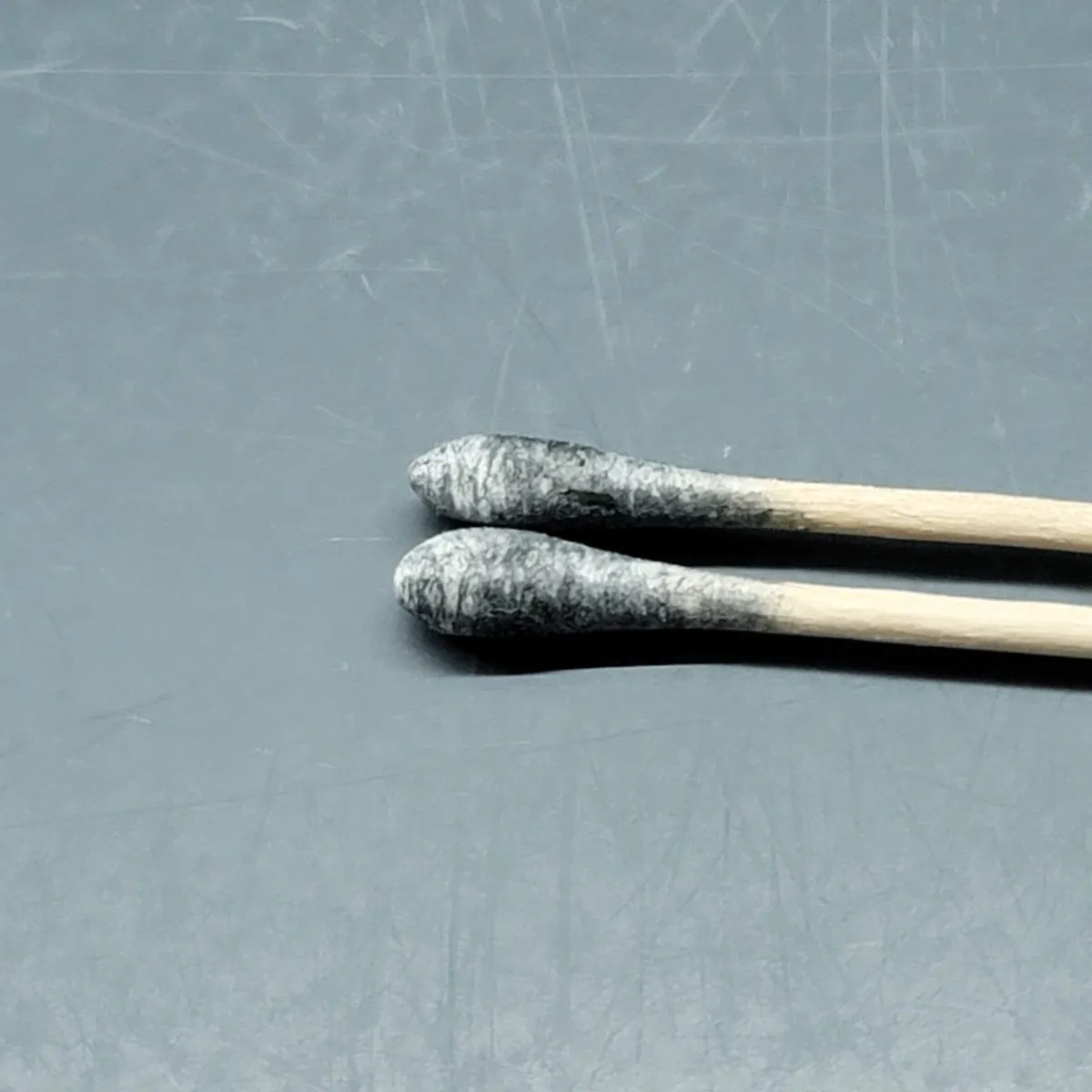
Spore Science Made Simple: A Beginner’s Guide to 6 Fundamentals
Curious about spores? These are the six most common questions beginners ask, answered in clear and simple detail to help you build a strong foundation in spore science.
